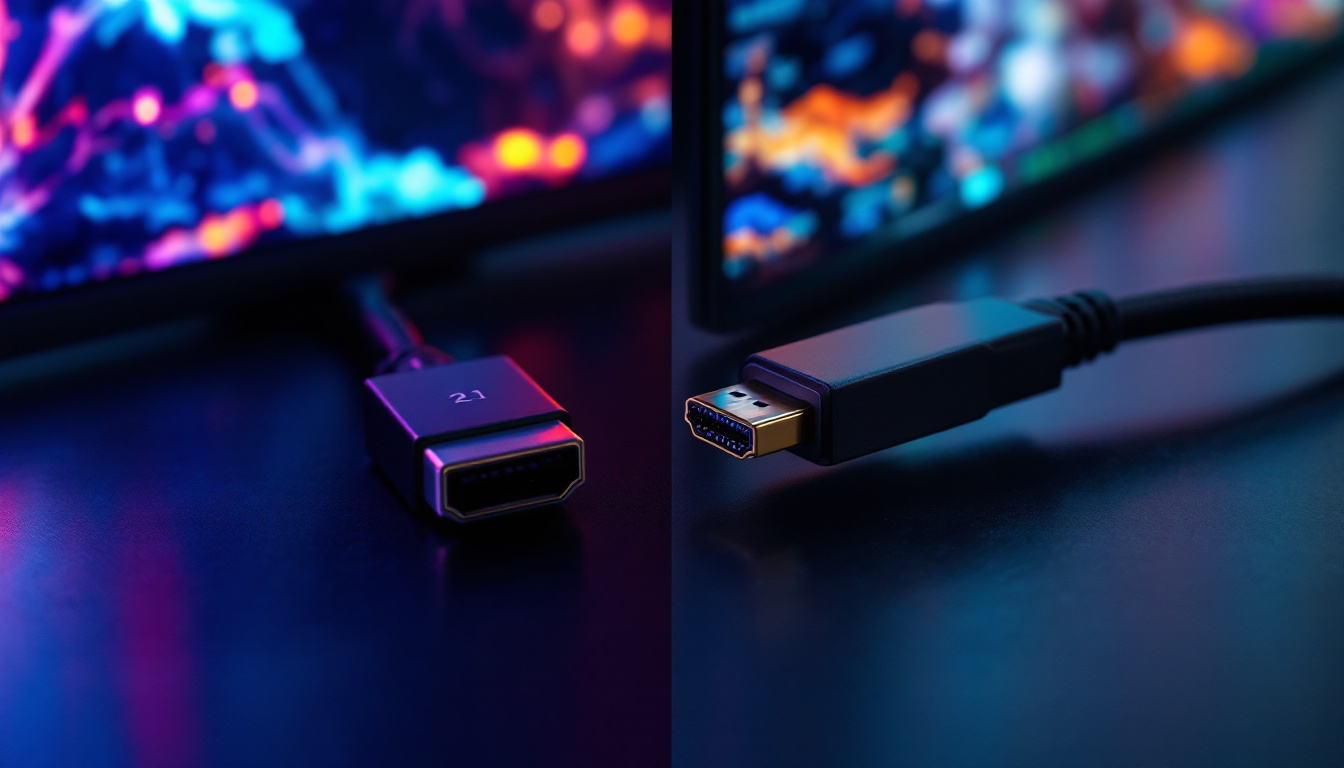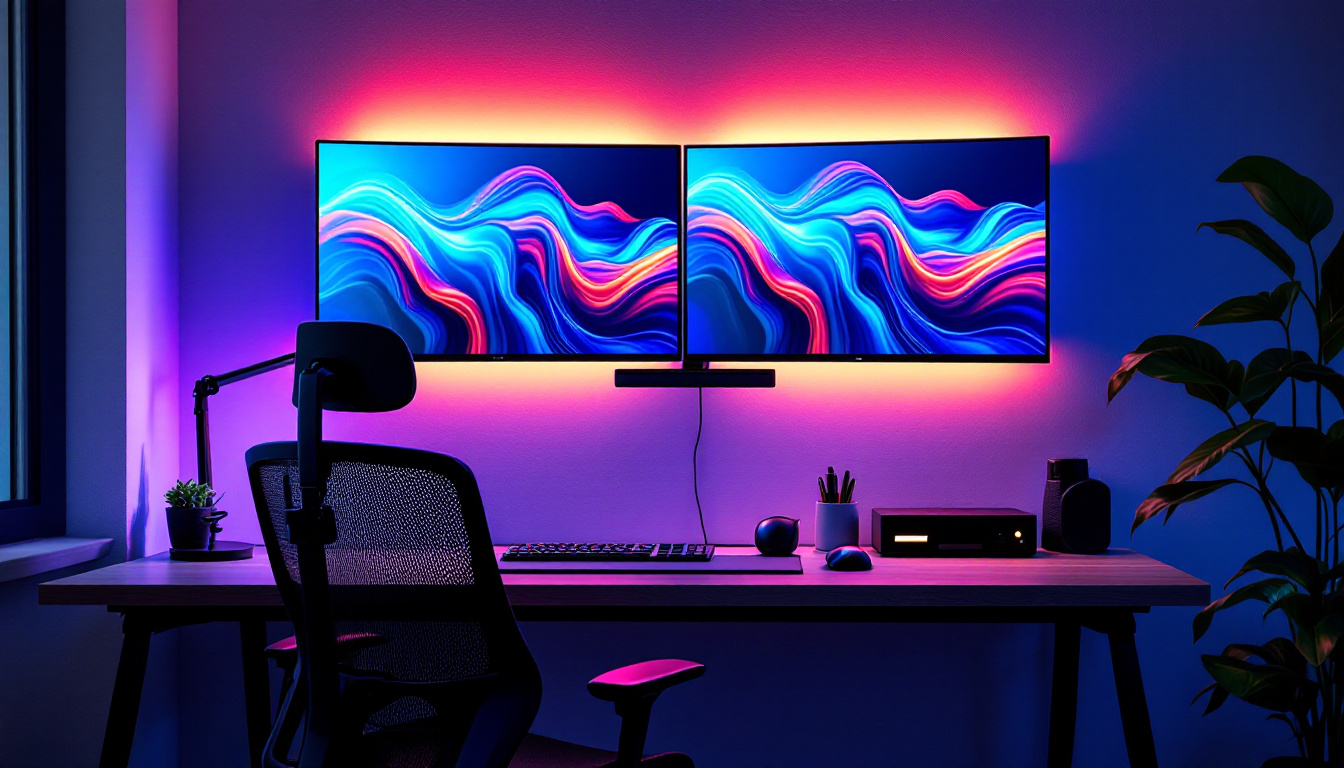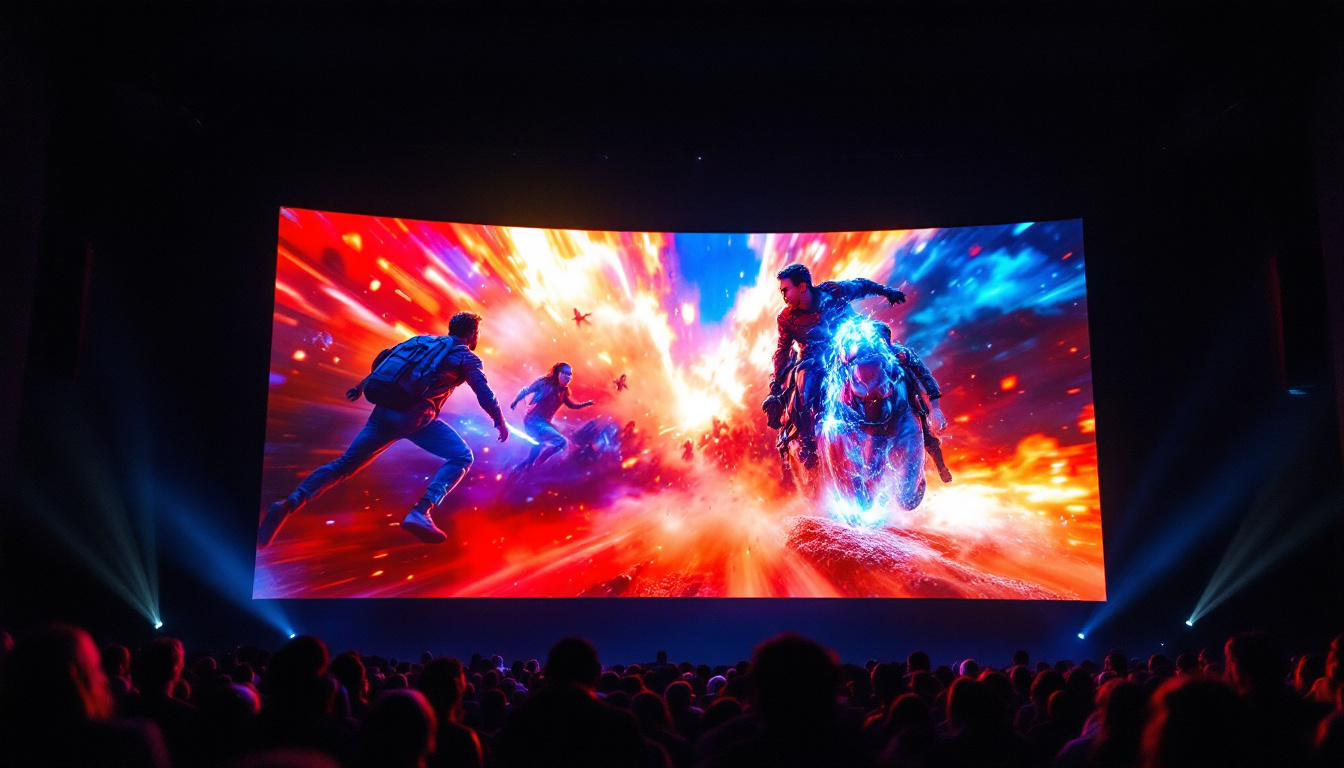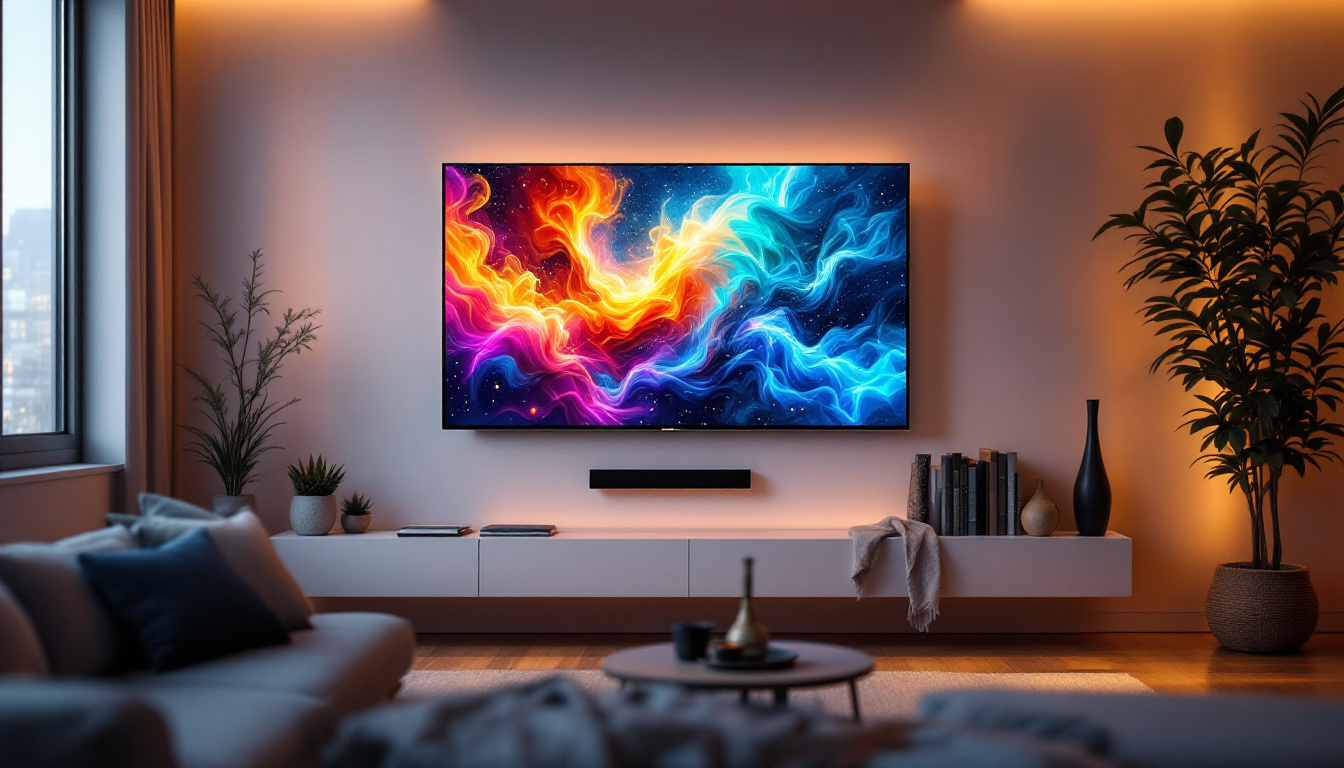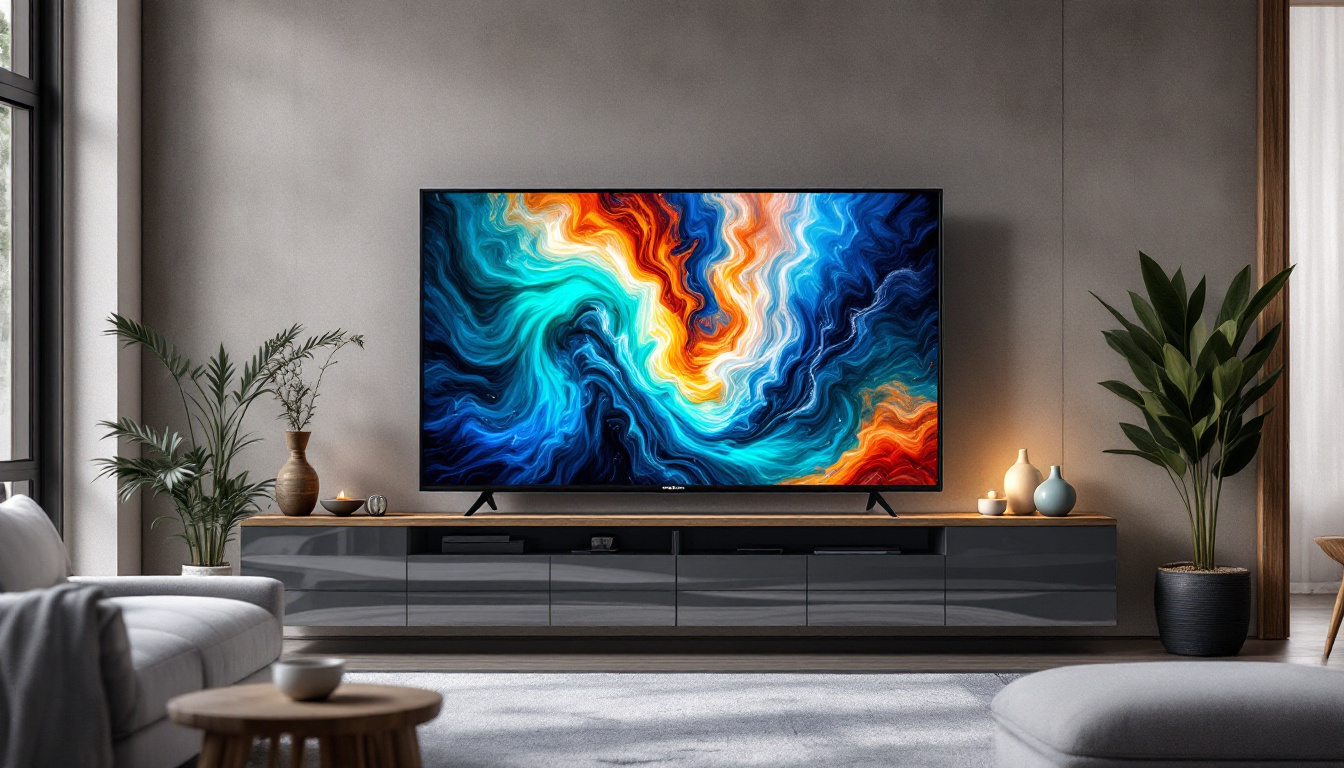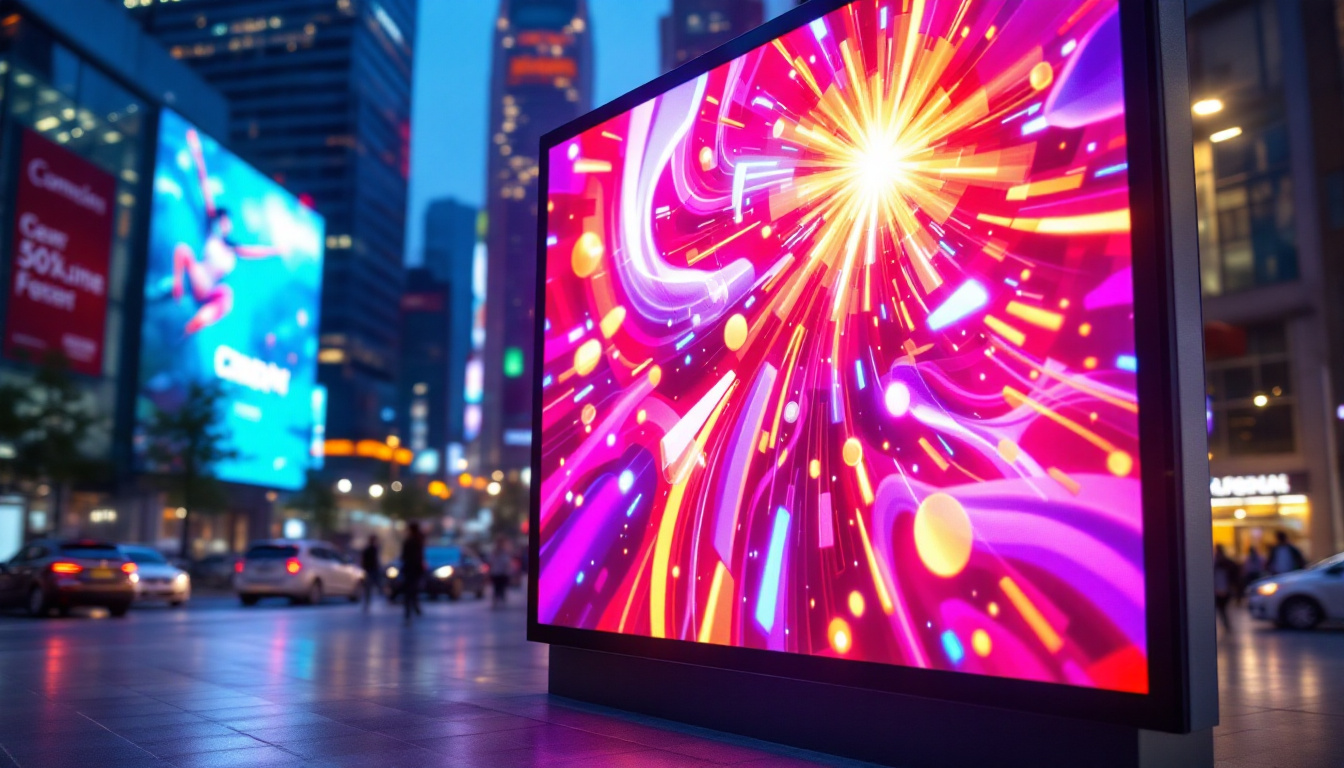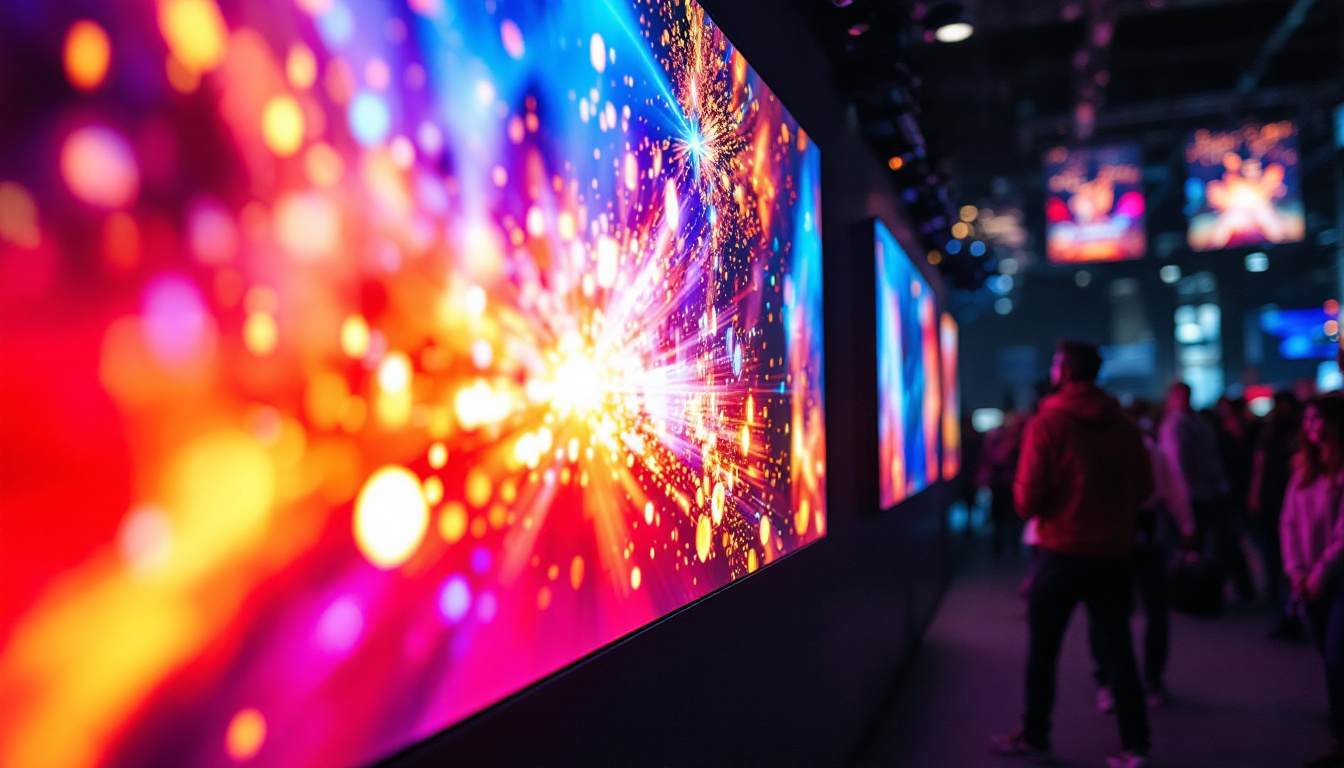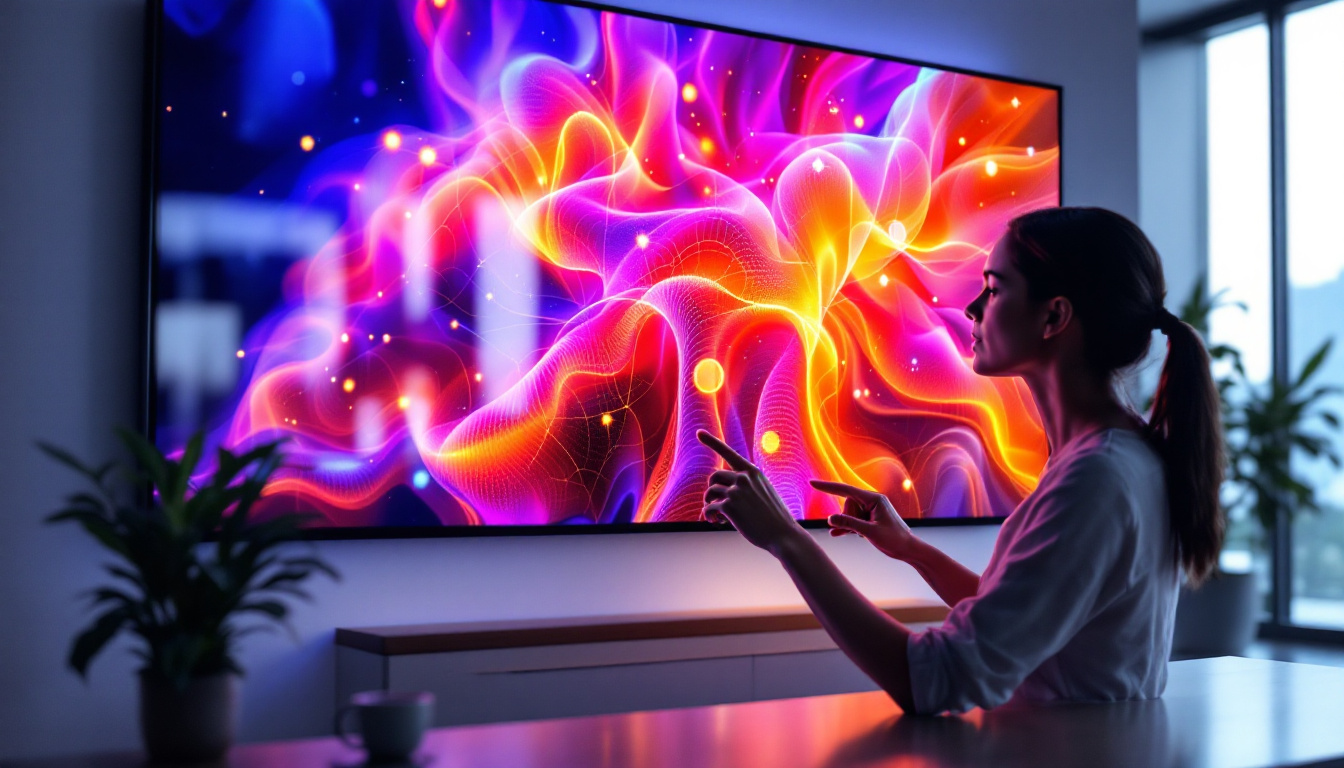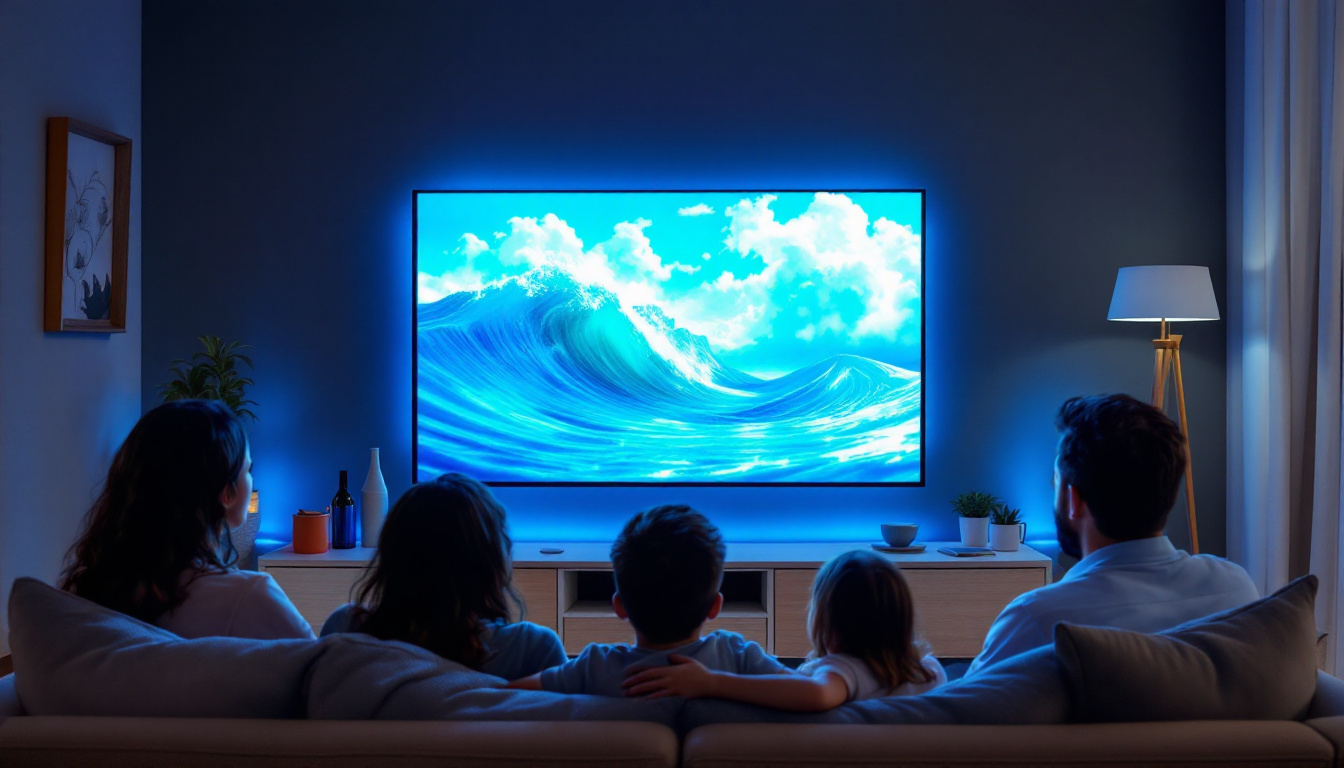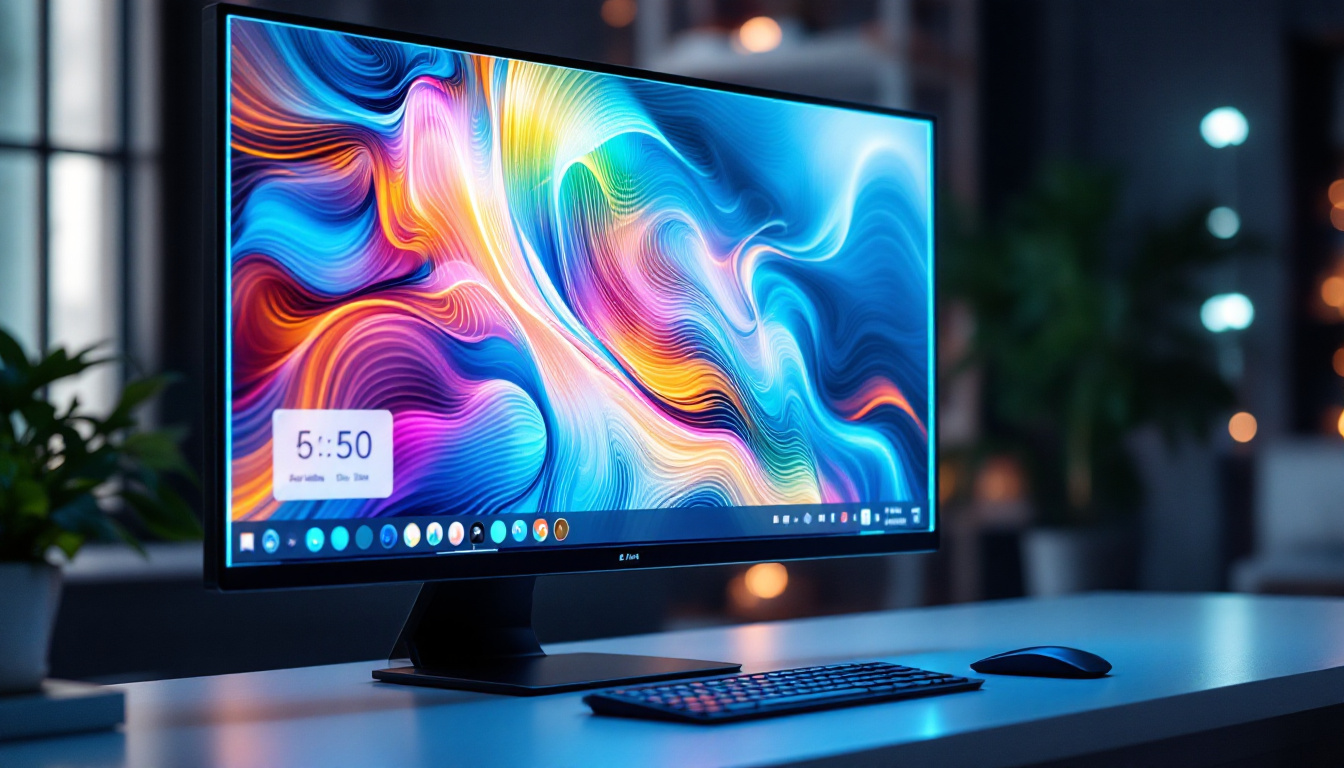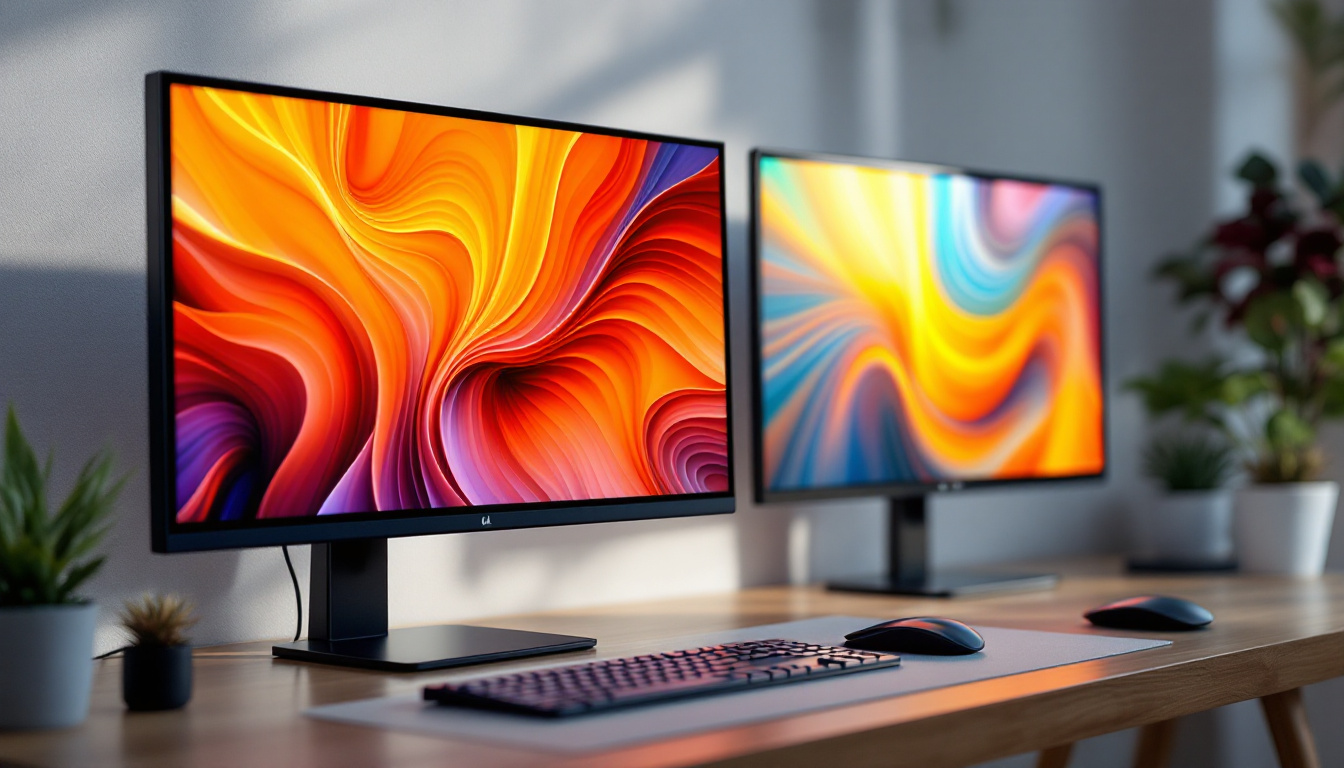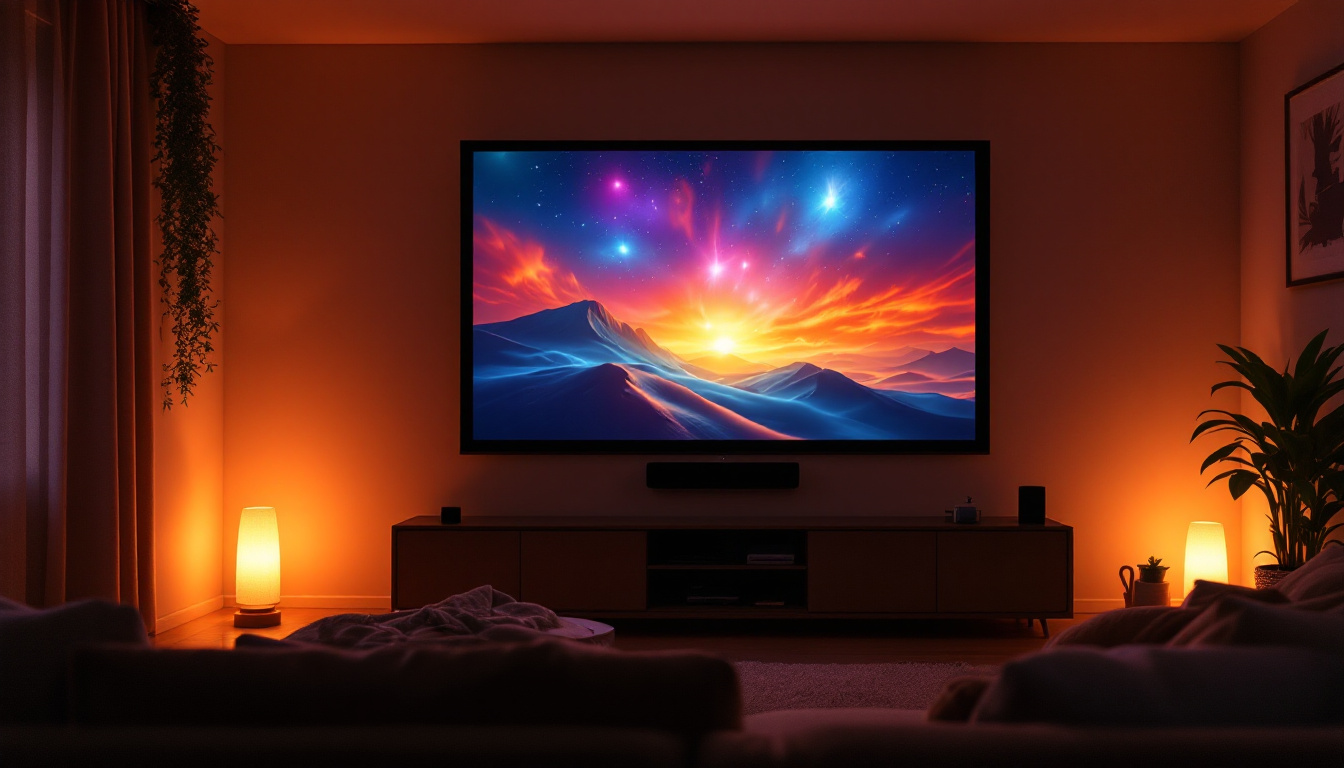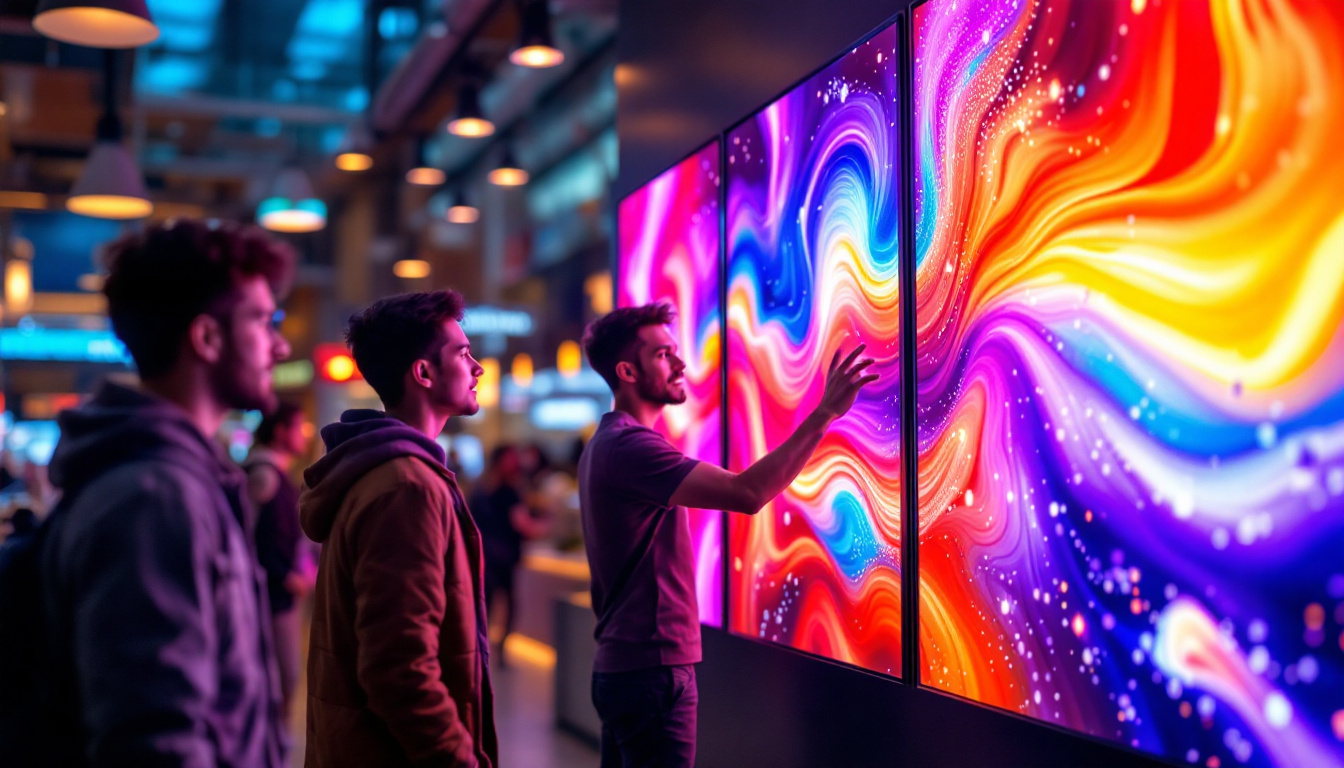The world of display technology is constantly evolving, with new standards emerging to enhance the viewing experience. Among the most significant advancements in recent years are DisplayPort 2.1 (DP 2.1) and HDMI 2.1. Both of these technologies aim to deliver superior visual quality, higher refresh rates, and support for advanced features. This article delves into the differences and similarities between DP 2.1 and HDMI 2.1, focusing on their impact on LED displays.
Understanding DisplayPort 2.1
DisplayPort 2.1 is the latest iteration of the DisplayPort standard, designed to meet the growing demands of high-resolution displays. It builds upon its predecessor, DisplayPort 2.0, and offers significant improvements in bandwidth and capabilities.
Key Features of DisplayPort 2.1
One of the standout features of DP 2.1 is its massive bandwidth capacity, which reaches up to 80 Gbps. This allows for the transmission of high-resolution video at refresh rates that were previously unattainable. For instance, DP 2.1 can support 8K resolution at 60Hz with HDR, or even 4K resolution at 240Hz, making it an ideal choice for gamers and professionals alike.
Additionally, DisplayPort 2.1 introduces support for multiple display streams through Multi-Stream Transport (MST). This means that a single DP 2.1 connection can drive multiple monitors, enhancing productivity for users who rely on multi-display setups. With the ability to connect up to four 4K displays simultaneously, users can create expansive workspaces that facilitate multitasking and improve workflow efficiency. This feature is particularly beneficial for stock traders, video editors, and designers who need to monitor multiple applications at once.
Enhanced Features for Gaming and Content Creation
For gamers, DP 2.1 offers Variable Refresh Rate (VRR) technology, which synchronizes the display’s refresh rate with the frame rate of the graphics card. This eliminates screen tearing and stuttering, resulting in a smoother gaming experience. Furthermore, DP 2.1 supports features like Display Stream Compression (DSC), which allows for lossless compression of video streams, enabling higher resolutions without sacrificing quality. This means that gamers can enjoy visually stunning graphics without the performance hit that often accompanies high resolutions, making it a game-changer in competitive gaming scenarios.
Content creators also benefit from DP 2.1’s capabilities, as it supports higher color depths and wider color gamuts. This is particularly important for professionals working in video editing and graphic design, where color accuracy is paramount. The ability to display over a billion colors allows creators to work with more vibrant and true-to-life images, ensuring that their projects maintain fidelity from creation to final output. Additionally, the integration of advanced HDR support means that creators can produce content that stands out in today’s visually driven market, making their work not only more appealing but also more impactful.
Exploring HDMI 2.1
HDMI 2.1 is another major player in the display technology arena, offering a range of features that cater to both home entertainment and gaming. With its introduction, HDMI 2.1 aimed to address the increasing demand for higher resolutions and refresh rates in consumer electronics.
Notable Features of HDMI 2.1
HDMI 2.1 boasts a bandwidth of up to 48 Gbps, which, while lower than that of DP 2.1, is still sufficient for supporting 8K video at 60Hz or 4K video at 120Hz. This makes it a viable option for next-generation gaming consoles and high-end televisions. Additionally, the increased bandwidth allows for dynamic HDR (High Dynamic Range), which enhances picture quality by providing a wider range of colors and contrast levels. This means that viewers can experience more vivid and lifelike images, making their favorite movies and games even more engaging.
One of the key advantages of HDMI 2.1 is its support for eARC (Enhanced Audio Return Channel), which allows for high-quality audio formats to be transmitted back to an audio receiver or soundbar. This feature enhances the overall home theater experience, ensuring that users can enjoy immersive sound alongside stunning visuals. Furthermore, eARC supports advanced audio formats like Dolby Atmos and DTS:X, which deliver three-dimensional soundscapes, making it feel as if the action is happening all around the viewer. This level of audio fidelity is particularly beneficial for movie enthusiasts and gamers alike, as it elevates the overall sensory experience.
Gaming Features and Compatibility
HDMI 2.1 also includes several gaming-centric features, such as Auto Low Latency Mode (ALLM) and Quick Frame Transport (QFT). ALLM automatically switches the display to low-latency mode when a game is detected, while QFT reduces the latency between the source and the display, providing a more responsive gaming experience. Additionally, HDMI 2.1 introduces Variable Refresh Rate (VRR), which synchronizes the refresh rate of the display with the frame rate output of the gaming console or PC. This helps to eliminate screen tearing and stuttering, allowing for smoother gameplay and a more enjoyable experience overall.
Moreover, HDMI 2.1 is widely adopted across various devices, including televisions, gaming consoles, and streaming devices. This broad compatibility makes it an attractive choice for consumers looking to upgrade their home entertainment systems. Many of the latest models from top manufacturers now come equipped with HDMI 2.1 ports, ensuring that users can take full advantage of the technology’s capabilities. As more content becomes available in higher resolutions and with advanced audio formats, HDMI 2.1 will likely become the standard for home entertainment, paving the way for a new era of immersive viewing and gaming experiences.
Comparing Bandwidth and Resolution Support
When comparing DP 2.1 and HDMI 2.1, one of the most significant differences lies in their bandwidth capabilities and supported resolutions. Understanding these aspects is crucial for consumers and professionals alike.
Bandwidth Differences
As previously mentioned, DP 2.1 offers a staggering bandwidth of up to 80 Gbps, while HDMI 2.1 maxes out at 48 Gbps. This difference allows DP 2.1 to support more demanding video formats, such as 10K resolution at 60Hz or 8K at higher refresh rates with HDR. In contrast, HDMI 2.1 is limited to 8K at 60Hz or 4K at 120Hz.
This higher bandwidth of DP 2.1 makes it particularly appealing for high-end gaming setups and professional applications that require multiple displays or ultra-high-definition content. However, for most consumers, the capabilities of HDMI 2.1 are more than sufficient for typical home entertainment needs.
Resolution and Refresh Rate Support
Both standards support high resolutions, but the manner in which they achieve this varies. DP 2.1 can utilize DSC to achieve higher resolutions without compromising quality, while HDMI 2.1 relies on its inherent bandwidth to support high resolutions and refresh rates. For users focused on gaming or professional content creation, the choice may come down to the specific requirements of their setup.
Use Cases for DisplayPort 2.1 and HDMI 2.1
Choosing between DP 2.1 and HDMI 2.1 often depends on the intended use case. Each standard has its strengths, making them suitable for different scenarios.
Ideal Scenarios for DisplayPort 2.1
DP 2.1 is particularly well-suited for high-performance gaming and professional applications. Gamers who demand the highest refresh rates and resolutions will benefit from the capabilities of DP 2.1, especially when using multiple monitors. Additionally, professionals in fields such as video editing, graphic design, and 3D modeling can take advantage of DP 2.1’s superior color depth and bandwidth.
Furthermore, DP 2.1’s MST feature allows users to connect multiple displays from a single output, making it a favorite among multitaskers and those who require extensive screen real estate.
Best Uses for HDMI 2.1
HDMI 2.1 is ideal for home entertainment systems, particularly for users who prioritize audio and video quality. With its support for eARC, users can enjoy high-fidelity audio formats, making it a great choice for those who invest in premium sound systems.
Moreover, HDMI 2.1’s broad compatibility with consumer electronics, including televisions, gaming consoles, and streaming devices, makes it a versatile option for most households. It provides an excellent balance of performance and convenience, catering to the needs of casual gamers and movie enthusiasts alike.
Future-Proofing Your Setup
As technology continues to advance, the importance of future-proofing one’s setup cannot be overstated. Both DP 2.1 and HDMI 2.1 offer features that are designed to accommodate the evolving landscape of display technology.
Long-Term Viability of DisplayPort 2.1
With its high bandwidth and support for cutting-edge features, DP 2.1 is well-positioned to remain relevant for years to come. As more displays adopt higher resolutions and refresh rates, the capabilities of DP 2.1 will ensure that users can take full advantage of these advancements without needing to upgrade their hardware frequently.
Additionally, the ability to connect multiple displays through a single DP 2.1 connection makes it a future-proof choice for professionals who rely on multi-monitor setups.
HDMI 2.1 and Consumer Electronics
HDMI 2.1’s widespread adoption across various consumer electronics also contributes to its long-term viability. As new televisions, gaming consoles, and streaming devices continue to emerge, HDMI 2.1 will likely remain a standard feature, ensuring compatibility with a wide range of devices.
For consumers, this means that investing in HDMI 2.1 technology today will likely yield benefits for years to come, as new content and devices continue to support the standard.
Conclusion: Choosing the Right Standard
In the battle of DP 2.1 vs. HDMI 2.1, the choice ultimately depends on individual needs and use cases. DisplayPort 2.1 excels in high-performance environments, making it the go-to option for gamers and professionals who require the highest resolutions and refresh rates. Its superior bandwidth and support for multiple displays make it a powerful tool for those who demand the best.
On the other hand, HDMI 2.1 offers a balanced approach for home entertainment, providing excellent audio and video quality while maintaining broad compatibility with consumer electronics. Its features cater to casual gamers and movie enthusiasts, making it a practical choice for most households.
As technology continues to evolve, both DP 2.1 and HDMI 2.1 will play crucial roles in shaping the future of display technology. Understanding the strengths and weaknesses of each standard is essential for making an informed decision that aligns with specific needs and preferences.
Discover the Future of Visual Experience with LumenMatrix
Whether you’re a professional seeking unparalleled display performance or a home entertainment enthusiast craving immersive visual and audio experiences, LumenMatrix has the cutting-edge LED display solutions tailored to your needs. Embrace the future with our diverse range of LED displays, from vibrant Indoor and Outdoor LED Walls to dynamic Vehicle and Sports Displays, and beyond. Elevate your visual communication and captivate your audience with clarity and impact. Check out LumenMatrix LED Display Solutions today and transform the way you share your message with the world.

